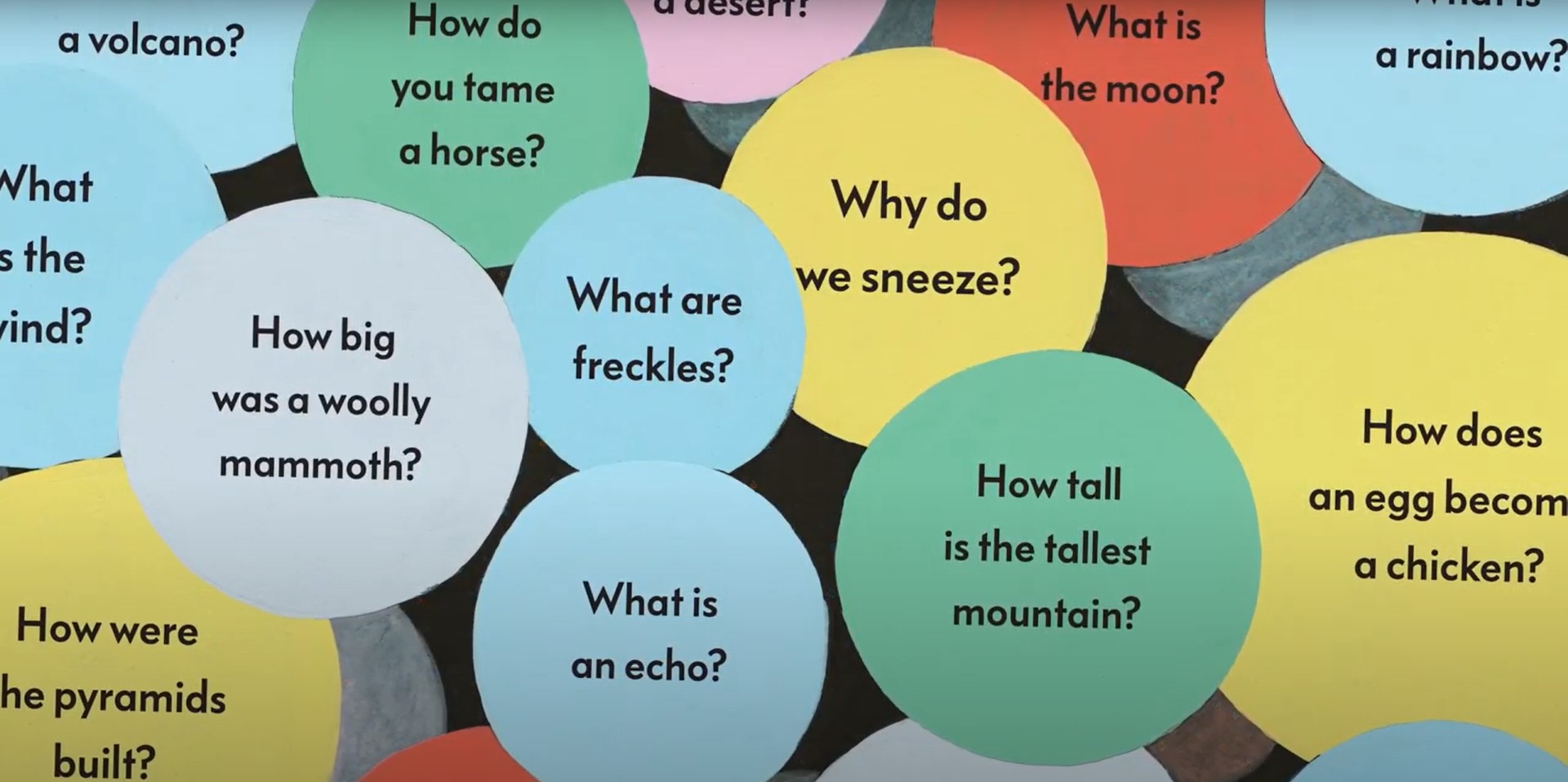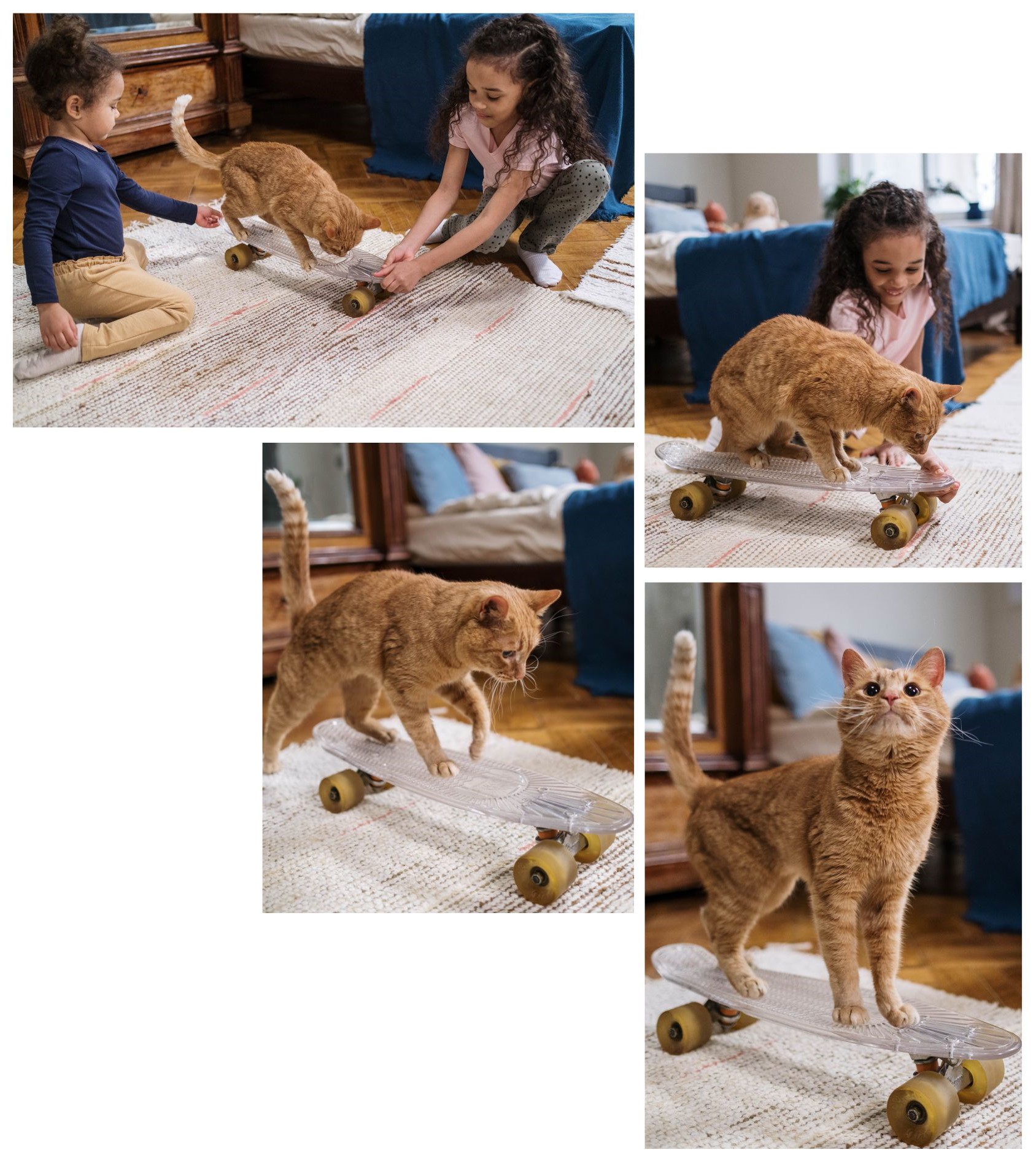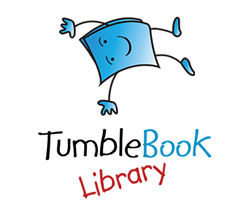
As the winter holidays approach and 2022 comes to a close, there are many emotional experiences to reflect on and cultivate, as I and some of my brilliant coworkers have written about previously: kindness and gratitude; community and belonging; celebration and consolation. This year I’d like to add another entry to that list: curiosity.
Perhaps you’re familiar with the old saying, “Curiosity killed the cat.” I heard this proverb over and over as a child and took it as a kind of grotesque warning that people (and felines and maybe some canines, too) should mind their own business OR ELSE. It wasn’t until I was older, after graduating high school, that I stumbled upon a complementary rejoinder that opens the phrase up to a more encouraging reading: “Curiosity (may have) killed the cat, but satisfaction brought it back.”

Being curious, inquisitive or endlessly questioning is a trait often associated with early childhood, when a young human is learning so much about their mind, body and self in relation to their communities and the larger world. Hang around in the children’s area here at the Columbia Public Library for 5 minutes, and I bet you’ll hear that (in)famous favorite of interrogatives and its constant probing hum: WHY are those owl’s eyes following me? WHY is Pete the Cat wearing a bow-tie? WHY can’t I play at the computers for just five more minutes? Why? Why? Why?
I’ll be honest. It’s easy to become overwhelmed, even irritated, by the volume and breadth of these kinds of questions, rather than wade into the awe and generosity of such open-hearted inquiry. It may seem counterintuitive, but curiosity isn’t easy, actually. It takes practice and patience, an ability to not know — or to not know yet — and to hold space or attention in that vague in-between. In other words, curiosity isn’t synonymous with comfort. In fact, in my experience curiosity and comfort clash more often than they click.
So WHY, you might ask, should we be investing our precious time and energies in an uncomfortable experience? As a poet, library worker and life-long reader and learner, I go back to the heart of the word: curiosity comes to us from the Latin cura—”care.” If we remain curious, or find within us those initial bursts of curiosity from our younger years, we are choosing to practice and prioritize a kind of care: for ourselves, for others, for the glorious unknown and unknowable that glimmers all around us.
I hope you’ll join me in welcoming more curiosity into your days. If you need a place to start, look no further than this book list. Let the questions (and maybe a couple answers) begin and never end! 🌟




